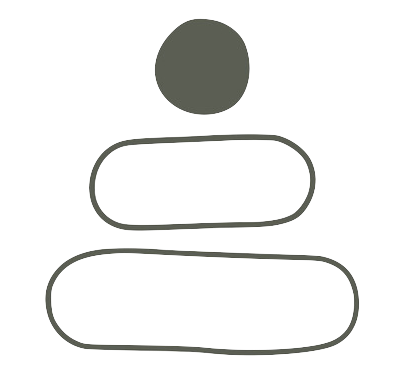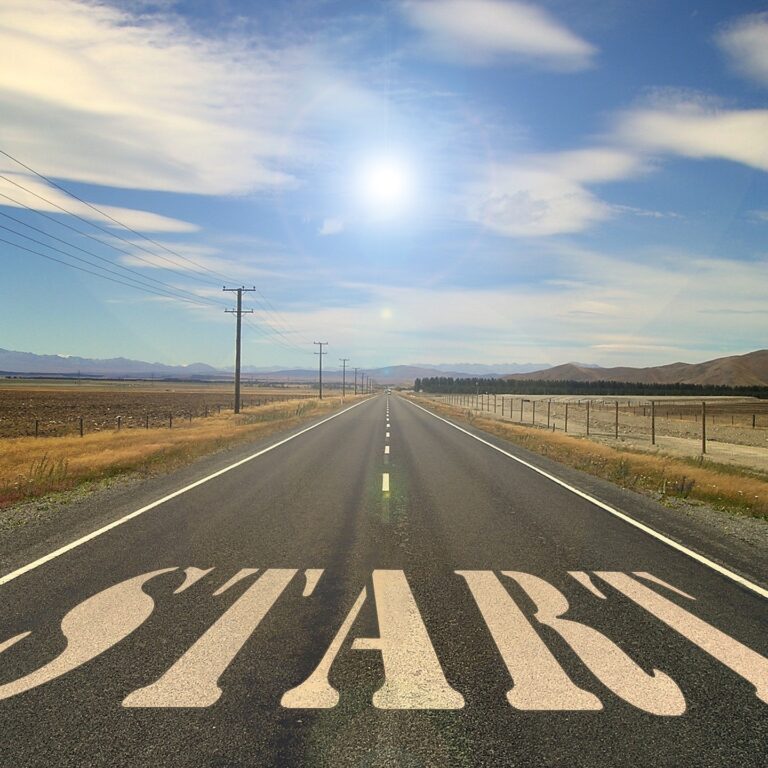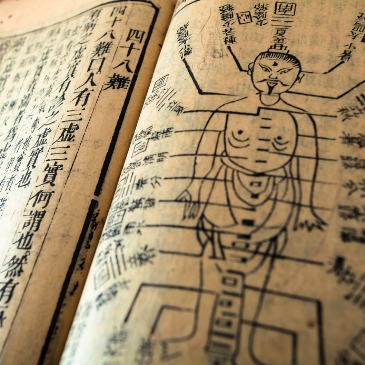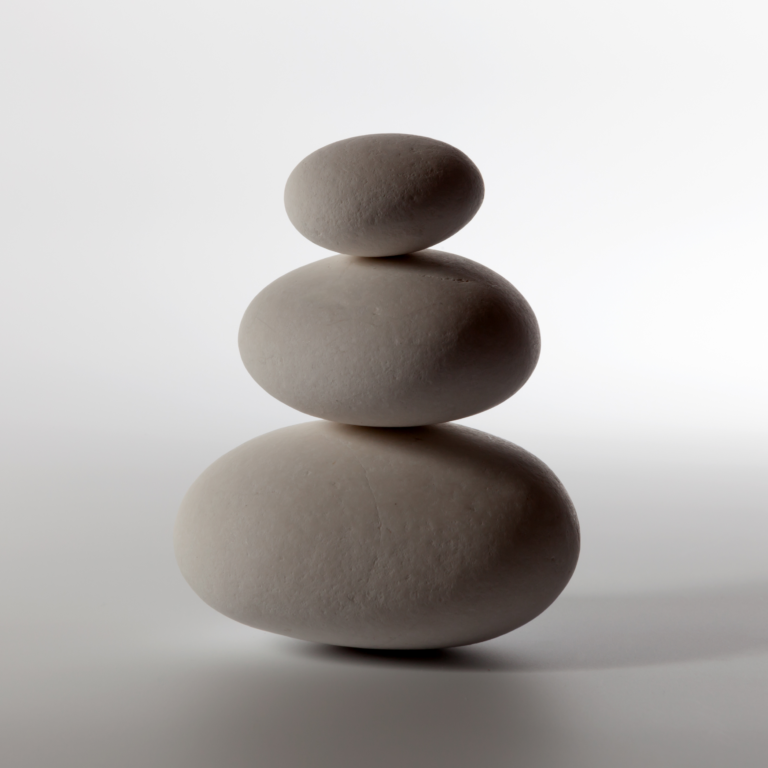Posture
Our posture is so much more than the mechanics of how we sit or stand; our posture is the way in which we present ourselves to the world, the way in which we fit into our environment and the way in which we can either enhance or inhibit the flow of energy in the body.
From a qigong perspective, we tend to view postural adjustment as being a way to allow the qi to flow more freely, but the reality is that changing the posture has the potential to impact every part of our lives.
Improving the flow of qi
Let’s start by exploring the idea of qi flow. Within Chinese Medicine we find reference to a network of meridians throughout the body through which qi flows. In simple terms, when qi flows too fast or too slow through any part of this network of channels, it can cause imbalance.
If the qi has to squeeze through a restriction in the channel, it will not flow freely. Beyond the restriction in the channel we will find a lack of qi, while prior to the restriction in the channel we will find an excess of qi. A lack of qi causes a range of problems as does an excess, so addressing the restriction in the channel can have multiple benefits.
There are many ways in which we can restrict the flow of qi through the body, but there are fewer methods that will open up the channels and allow for qi to flow well. While the underlying principle of ‘yi dao qi dao’ points firmly towards the power of the mind in allowing our qi to flow well, we cannot ignore the body as the body and mind are inextricably linked.
As a quick experiment, try clenching your fist long enough to notice how the body and mind respond, stay with it for a few seconds beyond this point then slowly unclench your fist while paying attention to the way in which both body and mind respond. I would guess that you have just experienced the relaxation of the fist as the blood (and qi) are able to flow through the hand again with less restriction.
This relaxation is one of the best methods for allowing qi to flow well. A relaxed open posture will really help qi to flow, but there are times that the body can become too open and qi will travel too quickly. So as with everything, the perfect posture from the perspective of qi flow, is a compromise between opening and restricting.
This balance between opening and restricting is very much evident in the instruction that we see around the alignment of the pelvic area. Gently lifting Hui Yin (the perineum) has the intention of cradling our qi. This movement is actually about closing with gentle pressure, but when combined with sinking the tailbone to extend and open the lower part of the spine, the result is that the opening of the small of the back. This combination of gentle closing and releasing creates the space for the breath to flow more freely into the bottom of the lungs. So while the simplest postural adjustment in order to allow qi to flow well is to relax and open, this has to be done with an awareness of the potential of restricting flow to ensure that you do not open and relax too much
A good qigong teacher will be able to explain this clearly and allow you to experience this delicate balance between opening and restricting in order to optimise the flow of qi through the entire body.
Culturally appropriate posture
Many years ago I worked with a client who was influential in the upper echelons of government. Without wishing to go into any level of detail, his health issues seemed to be very much linked to his posture, but his bearing was an intrinsic part of who he was and how he worked. While changing his posture would undoubtedly have brought relief to his health issues, this would have changed the way he appeared to his colleagues and may have undermined his ability to do his job.
Our posture speaks volumes about who we are. It enables us to fit in with our friends, our family, our work colleagues and our community. It communicates who we are and how we interact. This isn’t to say that everyone in a certain group will have a similar posture, differences in gender, ethnicity and age to name just three, will have an impact on the way we hold ourselves and the way we move.
With so many variables at play, the idea that there is a perfect qigong posture that enables qi to flow well within the body is naive. We may be able to point at a postural ideal within a particular group of people, but the diverse nature of society in the West means that we should not be looking for a one-size-fits-all approach.
The underlying principle of qi flowing well remains key to the question of posture, but this will be subtly different from one person to the next, our posture can change on an almost daily basis depending on a wide range of factors. What is important is that we don’t inadvertently get stuck in a posture that is damaging to our health or self limiting in other ways.
Body Language
I use the term body language with a great deal of trepidation. It feels to me that there are way too many charlatans in this area and while the observations of Albert Mehrabian, the forefather of Body Language, are insightful and thought provoking, the over simplified rules that have sprung from them are reductionist and unhelpful.
A good example of how a reductionist approach to Body Language can fail happened a few years ago when I was at an event at which a local politician was speaking. I listened to his words and watched his movement with interest throughout the speech while also keeping an eye on the crowd’s reaction. At a certain point he started wringing his hands while talking about how worried he was about a certain situation, this was a suitable gesture, but it had the feel of a rehearsed movement and lacked authenticity because the rest of his body hadn’t got the memo about looking worried. At the point that he made this gesture a large number of people in the room took the opportunity to adjust their posture, sip their drinks or check their phones. In that inauthentic moment, he had lost the connection with his audience.
My sense is that we don’t need a set of rules to learn and follow in this area, we all have an innate ability to read body language. While some will be more adept at reading the signs than others, we all have a natural ability to assess someone’s state by the way in which they hold themselves and we will use this ability to help both initiate and navigate our interactions. This idea then raises the question of how qigong can change our posture and, as a consequence, change our relationship with the outside world in an authentic and meaningful way.
As with any changes that occur within the practice of qigong, we need to be aware of appropriate change at the appropriate time. If someone’s demeanour is withdrawn and shy and suddenly, through postural adjustment, they exude excessive confidence, this will be difficult to cope with and is not likely to end well. In many ways this is the same as the strong qi reactions we see when significant blockages of qi within the body are removed (more of this in a future blog). Once again, we need to be sure that we are working at a sustainable level that enables meaningful change to continue to occur.
While I would always encourage you to work closely with a qualified and experience qigong teacher to ensure that these transformations occur in a safe manner, we can still take steps ourselves. A simple thing to try is to take a moment to relax prior to walking into a situation that you would normally find stressful and notice how this changes the nature of the situation.
Becoming aware of the way in which changes to posture affect the flow of qi within ourselves and in relation to others is a powerful tool and is arguably one of the main skills that we develop when we learn qigong. Whether you want to develop these skills yourself, or help others to experience the benefits of this type of work, qigong has the ability to support authentic, sustainable and safe change.







